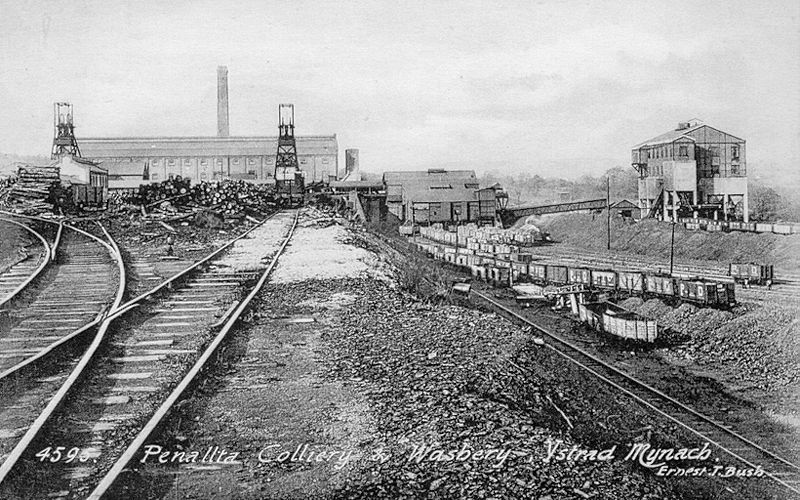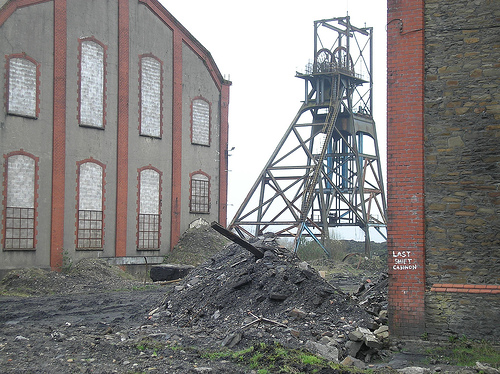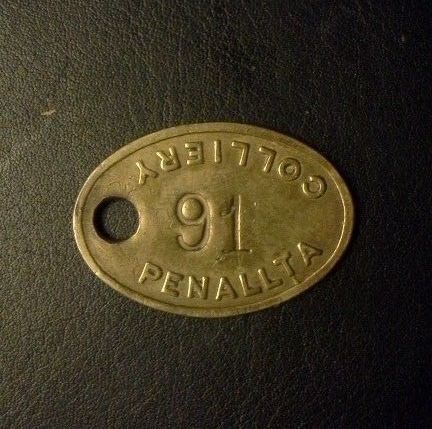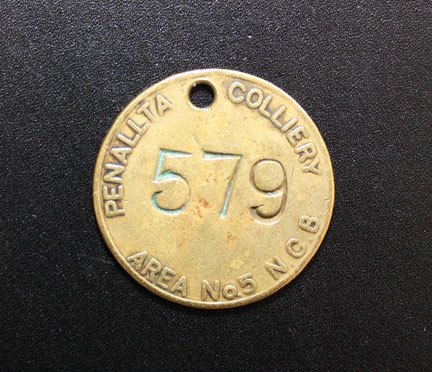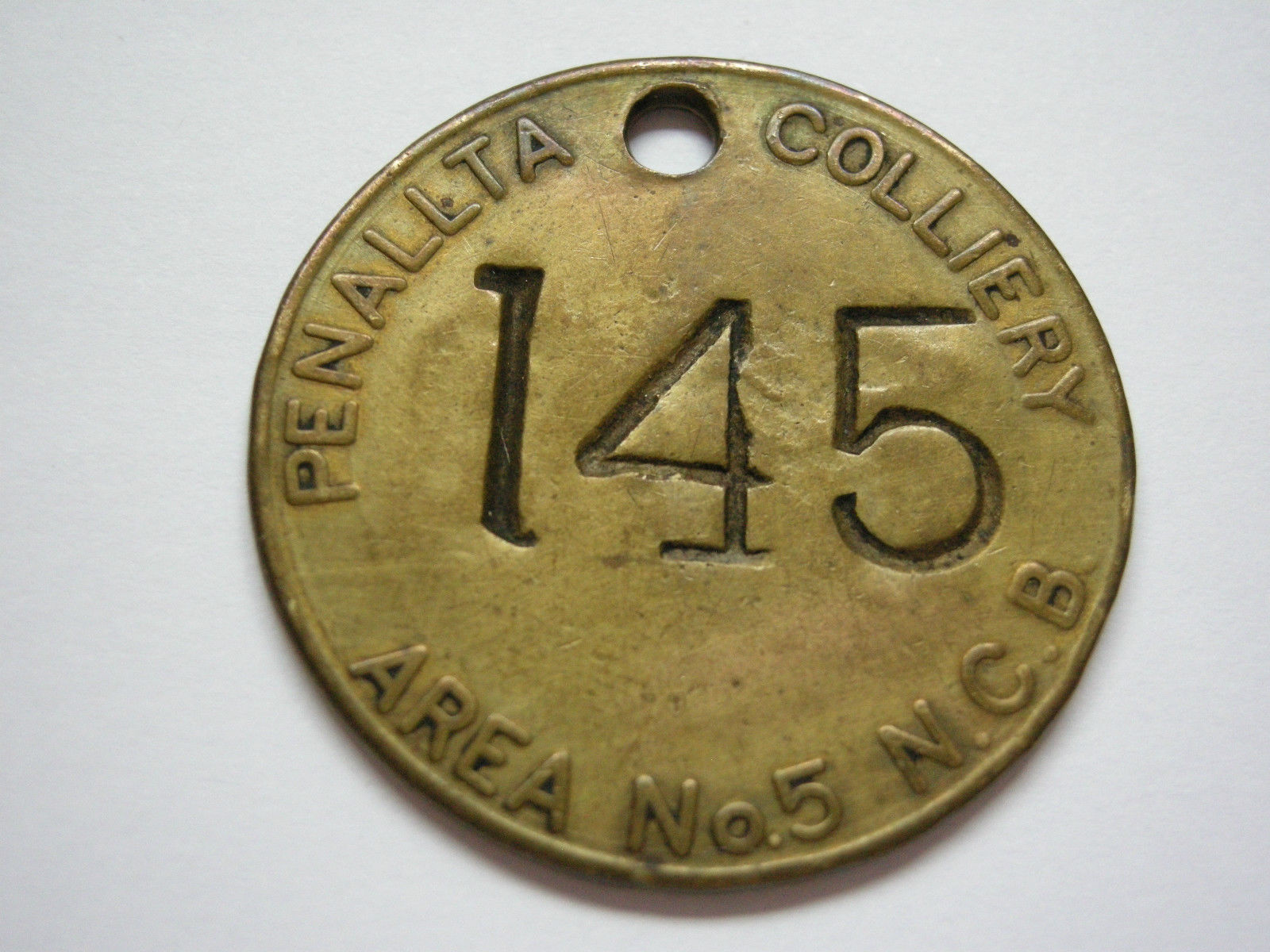The Powell Duffryn Steam Coal Company maintained ownership of Penallta colliery until Nationalisation in 1947. The two shafts of Penallta colliery were sunk by the Powell Duffryn Steam Coal Company in 1905/6. The first coal was raised in 1909 from the upper six feet seam and subsequently from the lower nine and seven feet seams.
The number 1 shaft (downcast) and number 2 shaft (upcast) were 783 and 750 yards deep respectively. These shafts were subsequently extended to reach 800 yards in 1960 making it the last deep mine working in the Rhymney Valley.
Penallta colliery was maintained as one of the most advanced collieries using up-to-date coal cutting machinery. 1930 saw the production of 975,603 tons of coal and the European record for coal recovered in 1935. In the late 1940's one of the first power loaders to be used in British mines, the Meco-Moore Cutter Loader, was installed which helped produce the 500,000 tons of coal raised in 1954. The 1960 shaft extension scheme included electrification of the shaft winding engines. In the mid 1970's 700 men were producing 210,000 tons of coal yearly.
The 291 men employed in 1908 soon swelled to 1,920 in 1909. 1913 saw a slight reduction in the workforce to 1,281 men but in 1923, 2,395 men were employed which subsequently peaked at 3,208 men in 1931. 1947 saw a reduction to 1,934 men which reduced down to a mere 700 men in the 1970ís.
Post 1984/85
The miners marched back to the Penallta Colliery behind their lodge banner making an impressive return to work following the end of the strike.
Thirty two collieries were working in the South Wales coalfield following the 1984/85 miners strike. About a third of the remaining collieries in South Wales were then closed within a year of the end of the strike, the rest following shortly afterwards.
Penallta was one of the few pits in the coalfield that was chosen to undergo a programme of modernisation, with £3.5m being invested in rapid coal-winding skips and a new heavy-duty high-technology coalface.
In 1986 a major fire caused the closure of a coal face.
Closure
Penallta colliery was scheduled for closure by the British Coal Corporation (the statutory successor to the NCB) in November 1990. Despite this, by March 1991 the highest-ever productivity rate of 590,000 tonnes per annum of coal was being produced at Penallta. A brass band led the last shift of miners leaving Penallta colliery on Friday 1st November 1991. This marked the closure of the last deep mine working in the Rhymney Valley.
|



